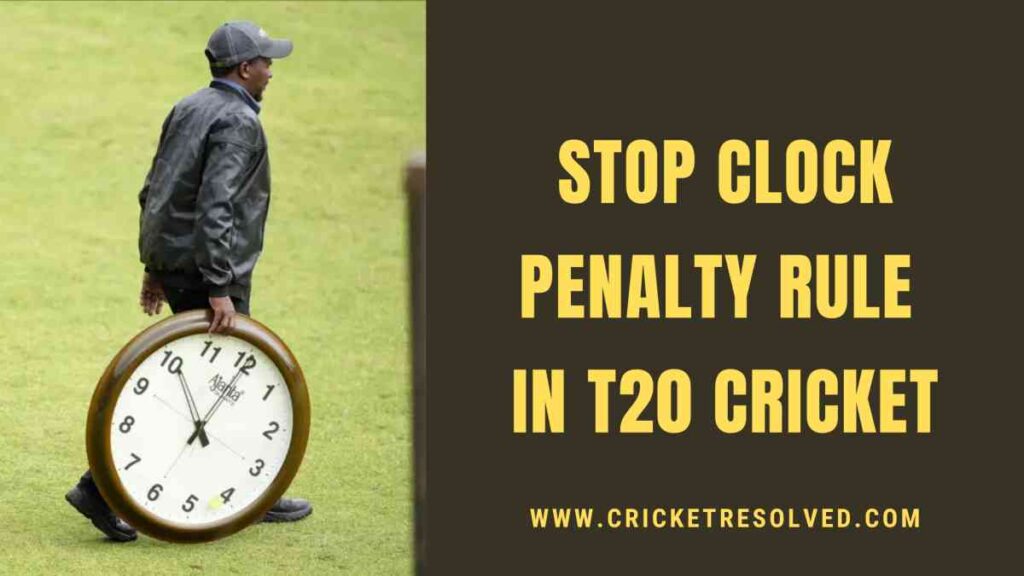
Stop Clock Penalty Rule in T20 Cricket
In this article, find out the details about the stop clock penalty rule implemented in T20 cricket.

T20 World Cup 2024: What Happens if it Rains in Knockout Games?
Want to know what happens if it rains or bad weather interrupts the knockout matches in the 2024 T20 World Cup? Here’s your answer.
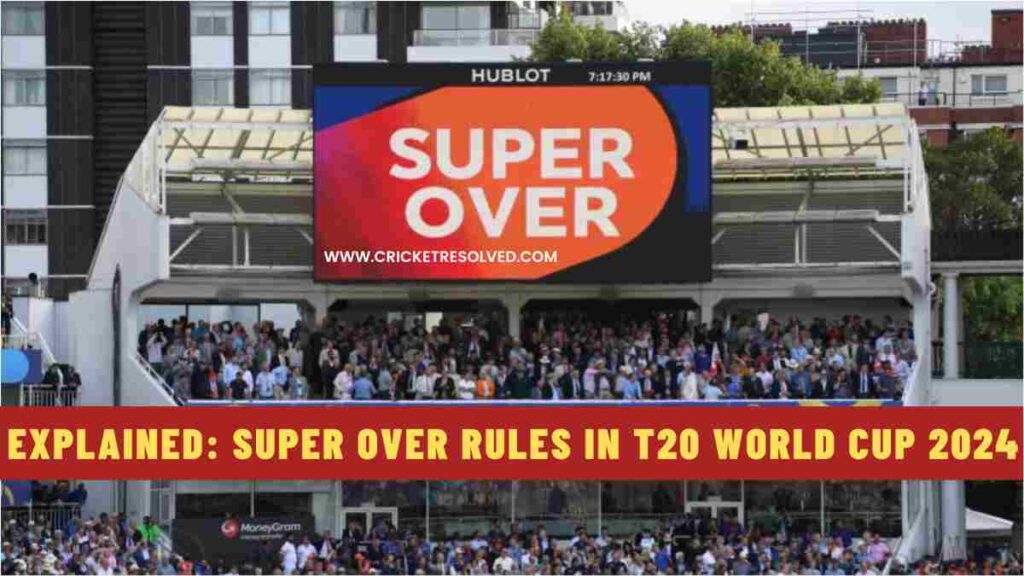
Explained: Super Over Rules in T20 World Cup 2024
In this comprehensive article, find out the details about the Super Over rules implemented for the T20 World Cup 2024.
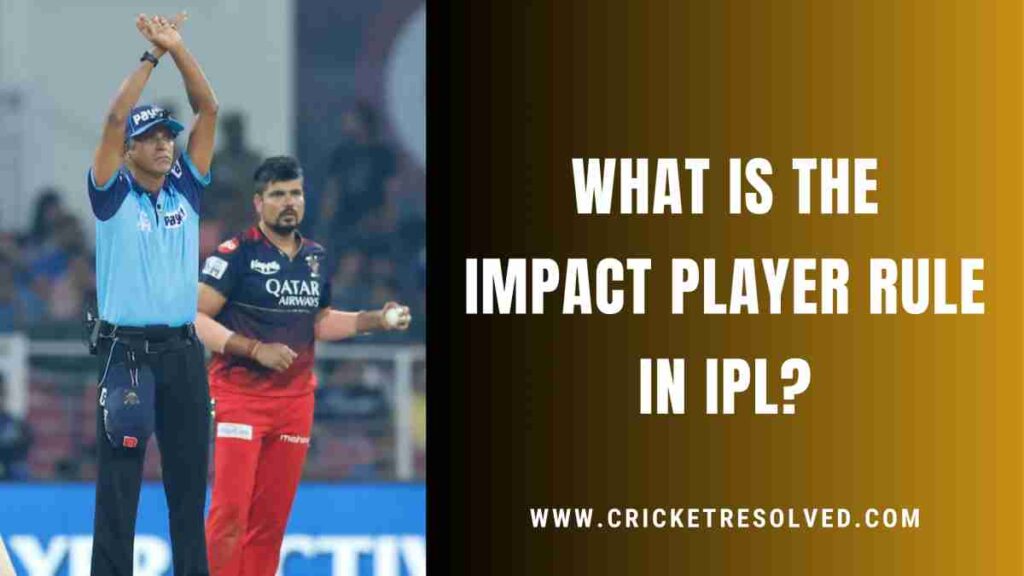
What is the Impact Player Rule in IPL?
In this comprehensive article, find out details about the Impact Player rule implemented in the IPL.
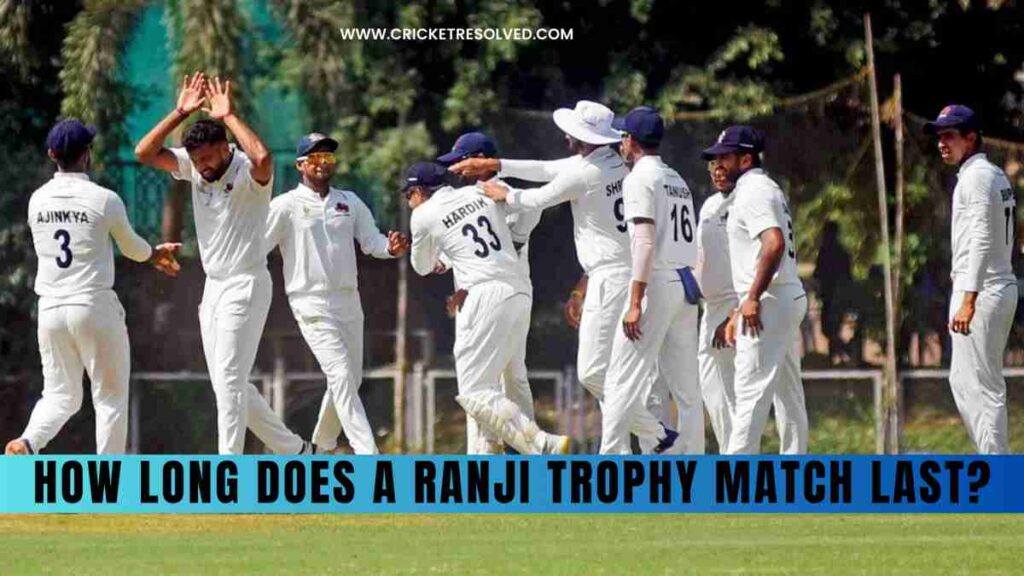
How Long Does a Ranji Trophy Match Last?
If you are wondering how long a Ranji Trophy match lasts, read this article to resolve your query.

When do Umpires Award Penalty Runs in Cricket?
In this article, find out what penalty runs are in cricket and on what grounds the umpires award penalty runs to a team.
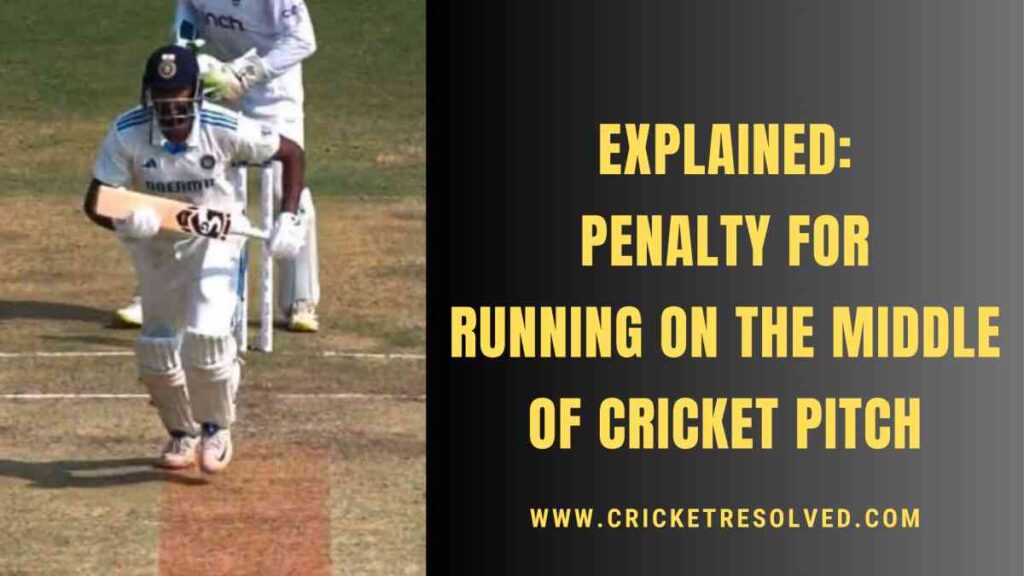
Explained: Penalty Runs for Running on the Middle of Cricket Pitch
In this article, find out why a team incurs penalty runs for bowlers or batters running on the middle of the cricket pitch (protected area).
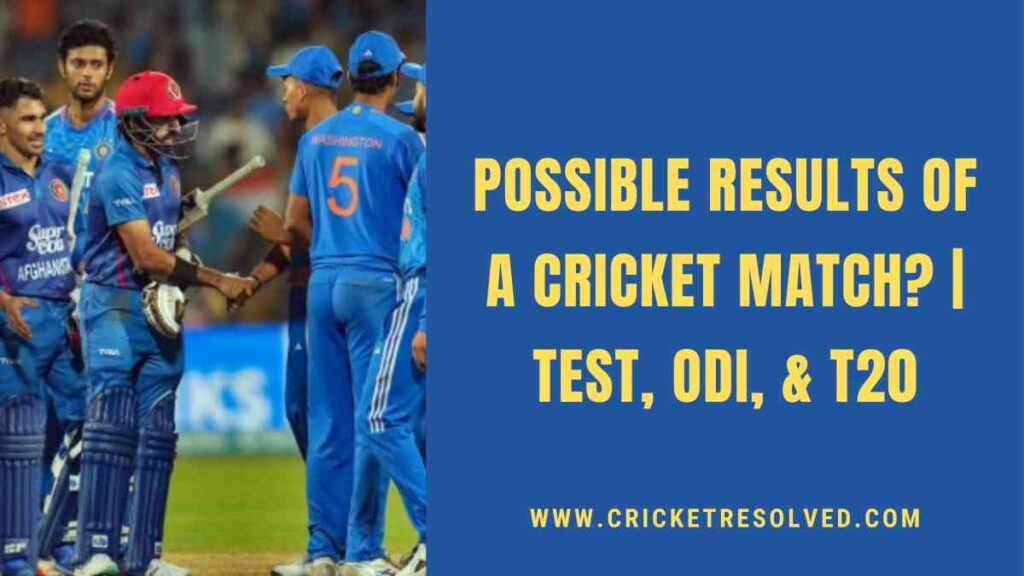
What are the Possible Results of a Cricket Match? | Test, ODI, & T20
In this article, find out all the possible results a cricket match can produce in Test, ODI, and T20 formats.
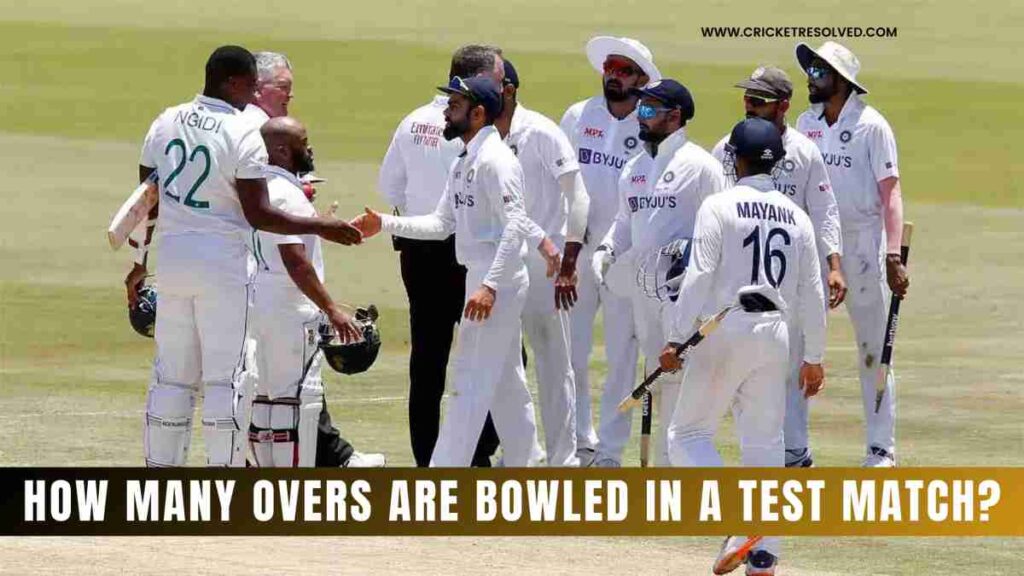
How Many Overs are Bowled in a Test Match?
Looking for how many overs are bowled in a Test match? Here is a breakdown of the number of overs bowled in a session and a day.
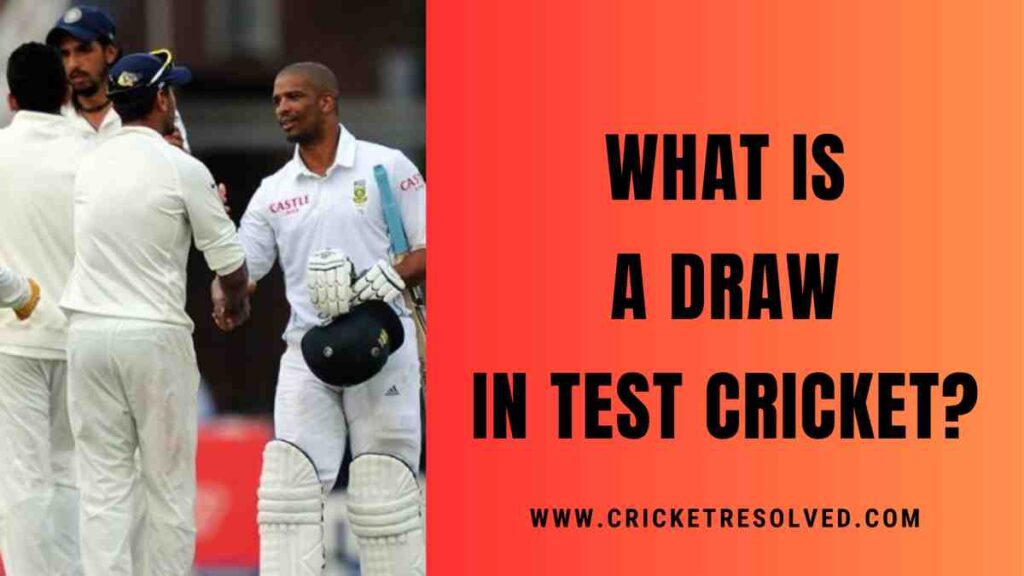
What is a Draw in Test Cricket?
In this article, find out the rules and laws surrounding a draw in a Test match and how a match ends in a draw.





